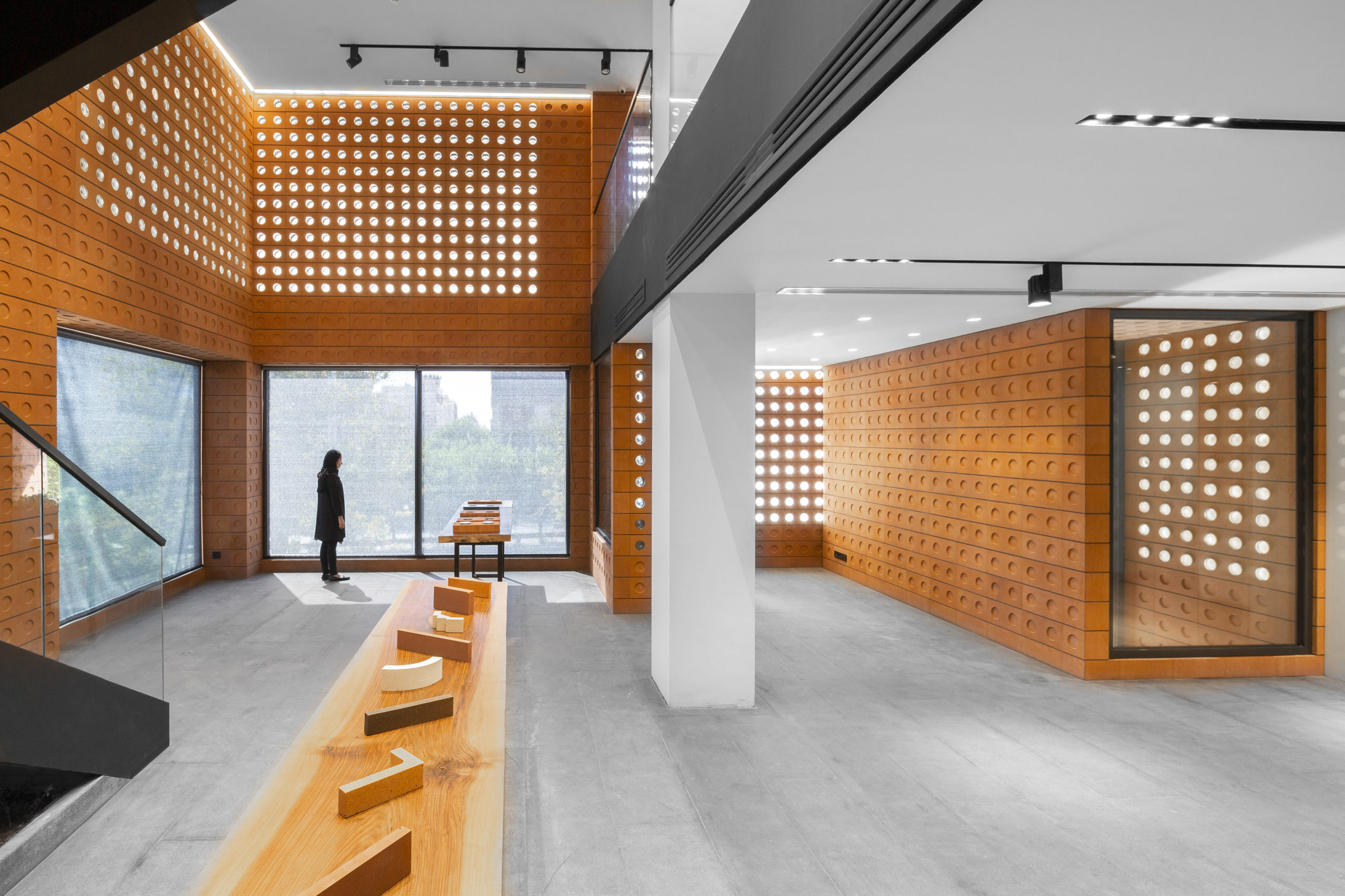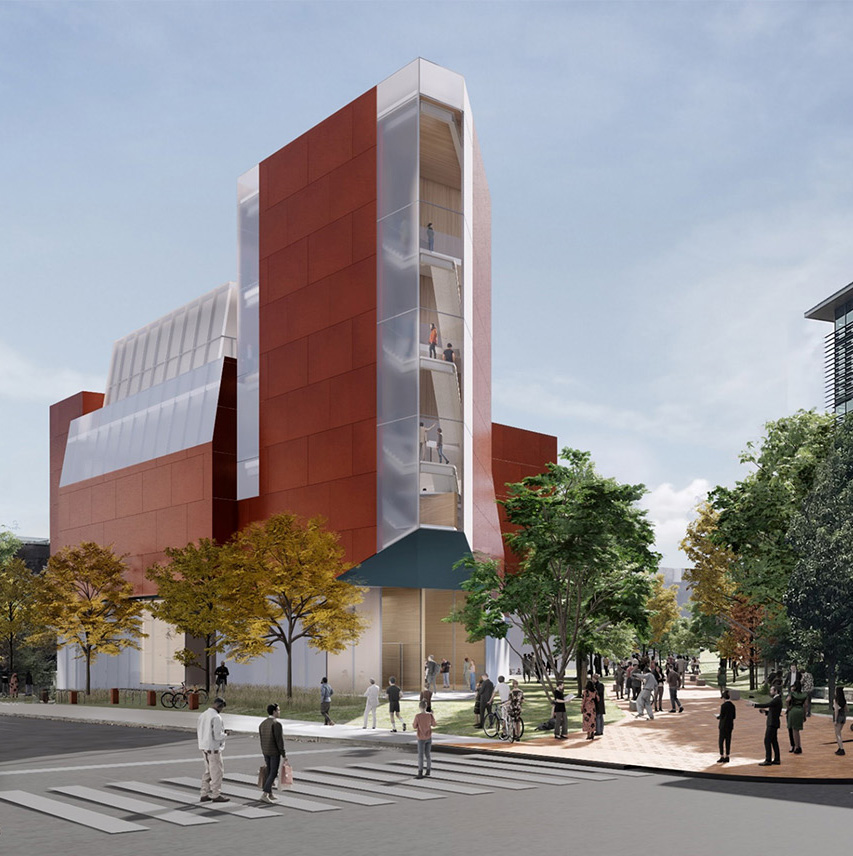Why CDA Architects Are Leaders in Architectural Layout and Innovation
Why CDA Architects Are Leaders in Architectural Layout and Innovation
Blog Article
The Influence of Technological Advancements on the Layout Practices of Contemporary Architects
The rapid development of technological devices has actually dramatically reshaped the design landscape for contemporary architects, promoting unmatched degrees of technology and sustainability. Discovering these characteristics reveals a nuanced interplay in between modern technology and traditional design approaches, triggering a better assessment of what the future holds for architectural methods.
Development of Architectural Equipment
Exactly how have architectural devices transformed the design and building and construction procedures over the centuries? The evolution of building devices has dramatically affected the effectiveness, precision, and imagination of design and building and construction.
With the development of the Renaissance, the introduction of the compass and the protractor noted an essential shift. These devices enabled engineers to accomplish greater precision in their designs, facilitating the appearance of more detailed and in proportion buildings. The Industrial Change even more changed architectural experiment the introduction of mechanical tools and products, allowing for bigger and more ambitious tasks.
In the 20th century, the advancement of computer-aided layout (CAD) software changed the landscape once more, supplying architects with unmatched capacities in modeling and visualization. Today, advanced devices such as Structure Information Modeling (BIM) and parametric layout software proceed to press the boundaries of building technology, enabling a much more incorporated approach to style and building and construction processes.
Improved Cooperation in Layout
As technology remains to develop, enhanced partnership in style has ended up being a foundation of contemporary building method. The combination of electronic tools such as Building Info Modeling (BIM), cloud-based platforms, and advanced visualization software application has transformed the way architects, designers, and stakeholders interact throughout the style procedure. These devices assist in real-time interaction, allowing teams to share concepts, modifications, and responses immediately, no matter of geographical place.

In addition, interdisciplinary collaboration has been structured through these technological improvements, enabling designers to function more carefully with various other specialists, such as urban coordinators and ecological consultants. The result is a much more natural approach to develop that thinks about numerous perspectives and know-how. Ultimately, enhanced partnership in style is not just a fad; it is essential for producing ingenious, useful, and cosmetically pleasing style in an increasingly complex world.

Sustainability Through Technology
Sustainability in architecture has actually significantly ended up being intertwined with technical technology, driving the market toward environmentally liable techniques. Contemporary designers are leveraging innovative innovations to reduce environmental influence while enhancing the efficiency of buildings. cda architects. One prominent instance is the use of Building Details Modeling (BIM), which enables specific planning and resource allowance, decreasing waste throughout building and advertising energy efficiency throughout a structure's lifecycle
Additionally, smart products and energy-efficient systems are being integrated right into styles to optimize source usage. Technologies such as solar batteries and eco-friendly roof systems harness sustainable power sources, adding to minimized carbon footprints. In addition, the application of expert system in style procedures enables architects to replicate and evaluate power usage, leading decisions toward even more sustainable results.
The integration of lasting technologies not just straightens with worldwide ecological objectives but likewise meets a raising demand from customers for environment-friendly solutions. As engineers embrace these advancements, the focus moves in the direction of creating areas that are not only visually pleasing yet additionally functionally sustainable, thus redefining the requirements of modern-day style. In this way, technology functions as a driver for sustainability, making it possible for engineers to make buildings that respect and enhance the native environment.
Obstacles in Execution
While technical innovations in style hold have a peek at this website fantastic guarantee for improving sustainability, their application typically comes across considerable difficulties. One main barrier is the high understanding contour related to new innovations. Engineers check it out and building professionals might call for comprehensive training to successfully make use of innovative software application and devices, which can postpone job timelines and enhance costs.
Additionally, the assimilation of arising innovations, such as Building Details Modeling (BIM) and lasting materials, frequently demands cooperation across multidisciplinary teams. This cooperation can be impeded by differences in proficiency, operations, and interaction styles, bring about prospective conflicts and inadequacies.

Furthermore, regulative structures and building regulations may not equal technological improvements, developing ambiguity and potential compliance issues. This difficulty can prevent designers from totally welcoming brand-new modern technologies, as the risk of non-compliance may outweigh the benefits. Resolving these execution obstacles is vital for the effective combination of technical developments in contemporary architectural practices.
Future Fads in Style
The obstacles connected with the application of new technologies in style have actually triggered a reevaluation of future patterns within the industry - cda architects. As engineers browse problems such as sustainability, urbanization, and social equity, they are progressively site adopting cutting-edge innovations to enhance design performance and ecological performance
One prominent fad is the combination of synthetic knowledge (AI) in the layout process. AI devices can examine large datasets to educate style decisions, boosting both imagination and functionality. Building Info Modeling (BIM) continues to progress, enabling real-time cooperation among stakeholders and promoting streamlined task administration.
Lasting style techniques are likewise obtaining momentum, with designers focusing on adaptive reuse and regenerative layout principles that decrease resource intake and waste. The incorporation of wise products and sustainable power sources will better enhance the durability of structures in the face of environment adjustment.
Additionally, the increase of parametric layout allows for more individualized and context-sensitive building solutions (cda architects). By utilizing these innovations, architects are poised to produce developed settings that not only deal with the instant demands of culture but also expect future difficulties, consequently redefining the duty of style in an ever-changing world
Conclusion
Technological developments have actually dramatically reshaped architectural design practices, helping with improved precision, partnership, and sustainability. The assimilation of devices such as Structure Info Modeling and parametric style software application, along with fabricated knowledge and clever materials, empowers designers to deal with complex difficulties extra properly. While implementation might offer particular barriers, the ongoing development of these innovations guarantees to drive development in design. Future trends will likely further highlight sustainability and effectiveness, eventually redefining the built setting.
Report this page